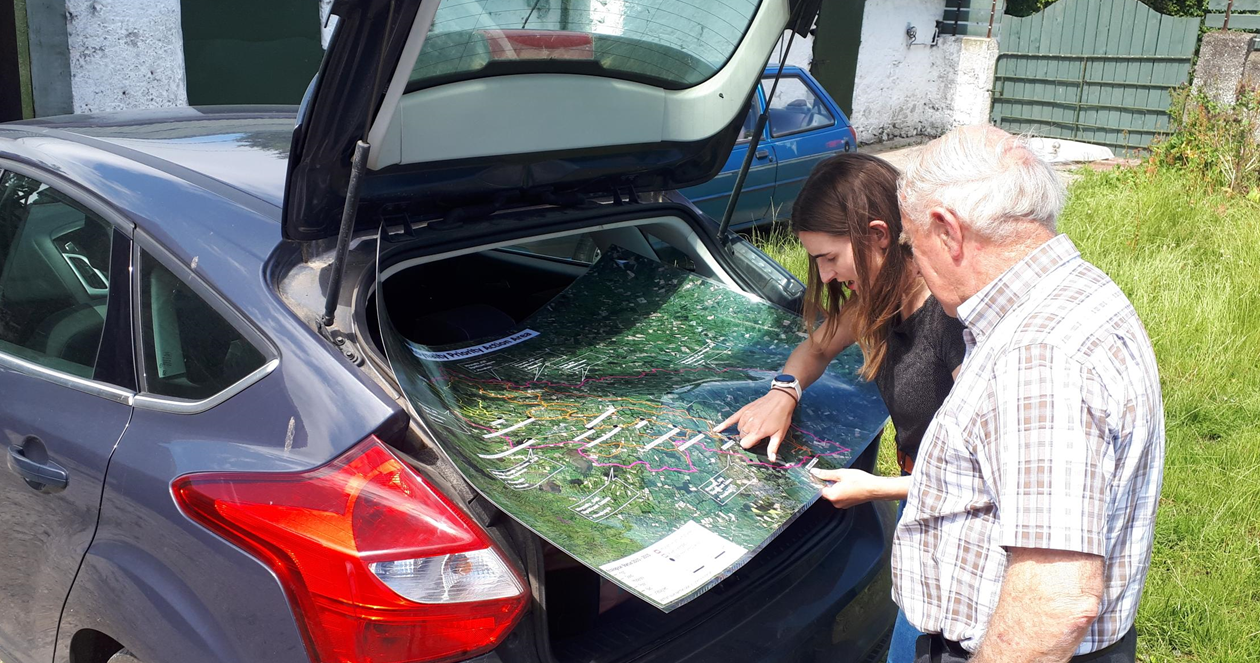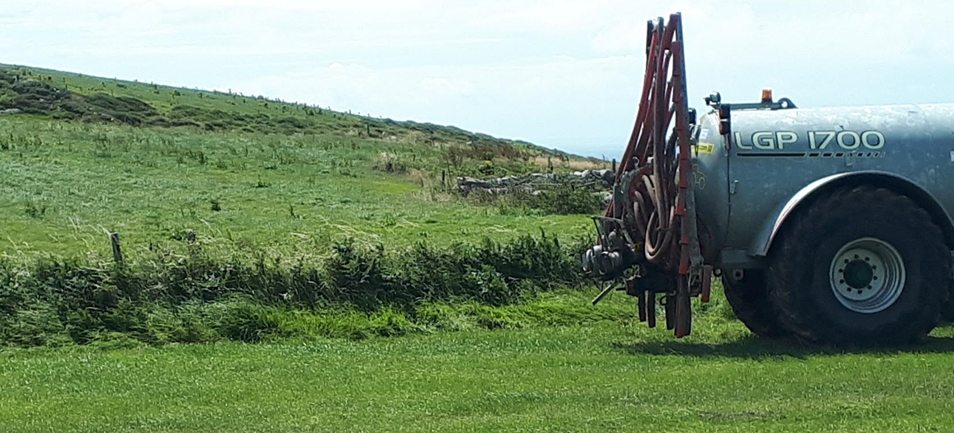
|
Title
|
|
Environmental Reward Schemes that aim to reduce the leaching of nutrients into water bodies
|
|
Introduction to the challenge addressed
|
|
Plubber Mill Farm is a mixed beef and sheep farm located in the east of Ireland, where average yearly rainfall is 750-1000 mm. As a result, there are a significant number of rivers and streams that run through the grazing platform on the farm. These rivers and streams form part of a larger river basin catchment area (see image below) that has been identified as a key priority catchment area in Ireland for supplying fresh water to local authorities. Recently water sampling reports from this area have indicated a gradual rise in the concentrations of phosphorous which can have detrimental effects on water quality.
|
|
Description of Good Practice/Innovation
|
|
To help combat issues such as this, several Agri-environmental schemes such as the GLAS (Green Low Carbon Agri-environmental Scheme) and ASSAP (Agricultural Sustainability Support and Advice Programme) Teagasc and the Department of the Agriculture have been working with farms, such as Plubber Mill Farm, to provide guidance on the good practices needed to prevent pollution and leaching of phosphorous and other nutrients into the water ways. The GLAS scheme is structured to give priority to farmers with vulnerable lands, for example areas that include sensitive landscapes, water areas or are the habitat of specific wild birds. Farmers who take specific steps such as reducing emissions and protecting bio-diversity were thus prioritised on the environmental sensitivity of their lands and the types of measures they agreed to undertake. The scheme is state funded under Pillar 2 of CAP where specific payment rates depend on your land and the actions you take. In general, the maximum payment is €5,000 per year, however, farmers taking part in GLAS+, which involves particularly challenging measures, can get a top-up payment of up to €2,000 per year. Following on from this the ASSAP programme was established to support farmers further in improving water quality, focussing its resources on addressing agricultural pressures and is made up of scientists that will assess the streams and advisors who will work closely with farmers. Where an agricultural pressure is identified, the farmers in the area will receive the offer of a free farm visit from an ASSAP advisor. The purpose of the visit is to meet with the farmer and assess the farm for any potential issues that may be having an effect on the water quality in the local catchment. Following a visit and consultation from both the GLAS and ASSAP advisor, specific actions were identified for specific areas of Plubber Mill Farm to help reduce the potential for pollution of nearby streams and rivers. A stock proof fence was constructed a minimum of 1.5 meters from the river bank to prevent the contamination of water bodies with faecal matter and reduce the level of soil erosion caused by cattle. (see image) To prevent possible surface runoff cattle slurry was applied using low emission spreading techniques leaving a minimum buffer zone of 10 meters from all water bodies. Image of ASSAP advisor identifying priority areas on Plubber Mill Farm to prevent water pollution
Image of cattle being fenced back from river on Plubber Mill Farm to prevent water pollution
Image of Low Emission Slurry Spreading Equipment used to reduce leaching of nutrients in to nearby water bodies
|
|
Impact on farm performance
|
|
Although the initial cost of investment were high due to the need for additional fencing and extra dinking troughs, the additional subsidies received from being a participant of the GLAS scheme were beneficial to the overall economic sustainability of the farm. The cost of hiring a contractor to apply cattle slurry using low emission slurry spreading (LESS) equipment was also an additional cost however, this became cost neutral through the payments for this action under GLAS. There has been additional benefits from applying slurry through LESS methods such as the better utilisation of nitrogen from cattle slurry, which was noticeable in grass growth rates, and more rapid availability of clean pastures for grazing. Additionally the regrowth of plants on the banks of rivers and streams have created habitats for different species of bird and small insects. |
|
Audio-visual material |
|
https://www.youtube.com/watch?v=h4XTHczZHVs&t=3s
|
|
Farmer comment (for Good Practices) |
|
“I have seen additional benefits from applying my slurry using a trailing shoe, which I have noticed in higher grass growth rates in comparison to when applying by splashplate. It also helps reduce the odours from slurry spreading which keeps my neighbours happy. I have also seen the regrowth of plants on the banks of my rivers which now are home to different species of bird and small insects.” |
|
Further information |
|
ASSAP - https://www.teagasc.ie/environment/water-quality/farming-for-water-quality-assap/assap-in-detail/
|


